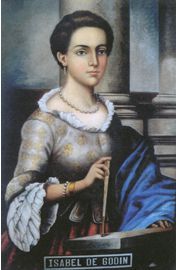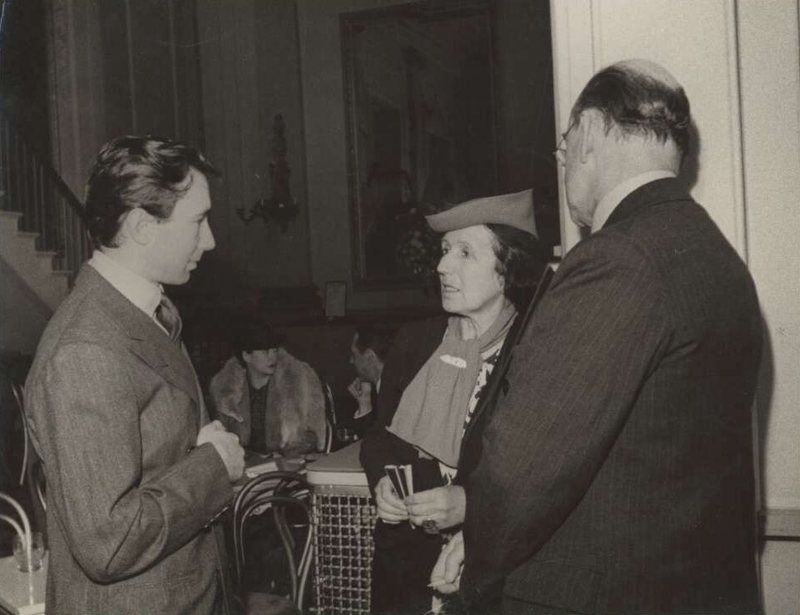For every Lawrence of Arabia, there’s an Isabelle Eberhardt who went exploring in the Middle East without the European colonialist mandate. For every Christopher Columbus, there’s a Freydís Eiríksdóttir — an Icelandic woman so awesome that she’s featured in the Norse sagas. We aren’t taught those women’s stories in history class, and it’s time for it to change.
Here are six radical, brave, and determined women adventurers who aren’t as well-known as they should be.
For more stories about badass women through history, check out @womenadventurers on Facebook and Instagram.


